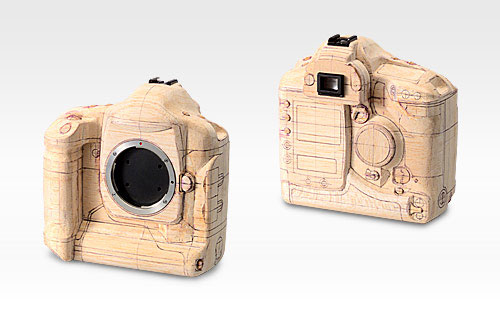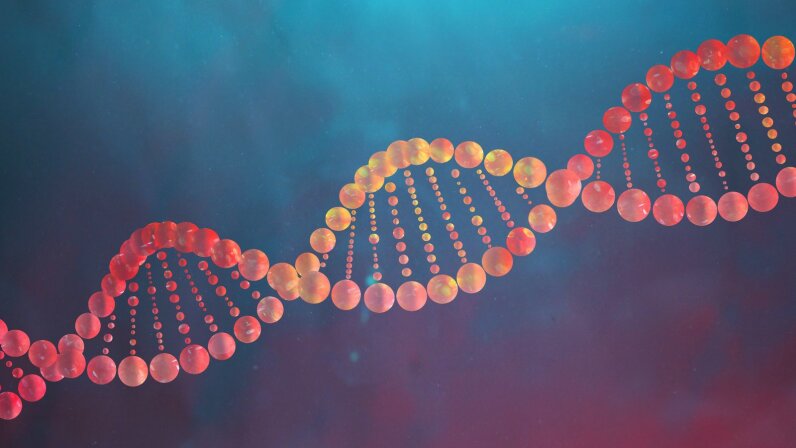Designers use physical models to visualize information about the context that the model represents. It is very common for physical models of large objects to be scaled down and smaller objects scaled up for ease of visualization. The primary goal of physical modelling is to test aspects of a product against user requirements. Thorough testing at the design development stage ensures that an appropriate product is developed.
Physical modelling not only allows designers to explore and test their ideas, but to also present them to others. Engaging clients, focus groups and experts to interact with physical models of products allows designers to gain valuable feedback that enable them to improve the design and product-user interface.
| https://www.youtube.com/watch?v=ubZAllHgvWs&feature=emb_logo |
Scale Models
Term: A model that is either a smaller or larger physical copy of an object.
Scale models are:
- accurate physical representations of objects or features of objects.
- able to allow the design team, client or manufacturer visualise and/or manipulate (examine) the object.
- scaled down or up keeping all sizes of the features in relation to each other.
|
|
Aesthetic models
Term: A model developed to look and feel like the final product.
- An aesethic/appearance prototype or appearance model is as its name suggests.
- It does not function or operate in any way.
- Aesthetic/appearance models are only concerned with form, color, style, texture and how the product fits in its visual environment.
- They can be used for ergonomic testing, evaluating visual appeal, allow the non-designer to see and feel how the real product will be, or production engineers collect data that will help them assess the feasibility for matching manufacturing systems.
|
|
 |
It is usually made from clay, foam, rubber, plastic or wood. For example, a simple model it could solid pieces of foam that has been shaped and painted to look like the real thing or complex models that are like the real thing in weight, balance, materials and material properties.
Aesthetic models can be are expensive to produce (especially the complex ones) because of the life like surface finish but some are life sized like the car pictured. These models need to be handled carefully as they are not designed as working models, mock ups or prototypes.
Mock-ups
Term: Mockups – A scale or full-size representation of a product used to gain feedback from users.
- Mock-ups are used to test ideas and gather feedback from users.
- They can be either full-scale or scaled models of products
- They can have some form of functionality, which means they could be considered a prototype as well.
- A good example of how a design begins and gets to the mock up stage. It shows gathering of information to graphical and finally physical modelling.

Prototypes
Term: Prototypes – A sample or model built to test a concept or process, or to act as an object to be replicated or learned from. Prototypes can be developed at a range of fidelity and for different contexts.
- Prototypes are to test and evaluate ideas.
- A prototype can be a real working product made to real specifications that can be used throughout design development.
- It has functionality unlike that of a mock-up (minimal) or lack of it in aesthetic models.
- It is particularly useful in testing before production begins.
- Prototypes help the development team discover and issues related to manufacturing the final product.
- It also allows the development team to learn from the user through user feedback and user trials/interaction with the final prototype.
Prototype Fidelity
Term: Fidelity – The degree to which a prototype is exactly like the final product.
Prototypes can be made at varying levels of fidelity targeting a range of user and environment contexts. A combination of fidelity and user/environmental contexts allows for deeper understanding of the ideas that aide design development. Better understanding of design fidelity.
| Model Fidelity | Low Fidelity | Middle Fidelity | High Fidelity |
| Model Description |
|
|
|
| Context/Fidelity Level |
|
|
|
Instrumented Models
Term: Instrumented Model – Prototypes that are equipped with the ability to take measurements to provide accurate quantitative feedback for analysis.
- Instrumented physical models are equipped with the ability to take measurements to provide accurate quantitative feedback for analysis.
- They can be used effectively to investigate many phenomena such as fluid flows in hydraulic systems or within wind tunnels, stress within structures and user interaction with a product.
- For example, an instrumented model of a keyboard can record the actions of the user and provide data on how often keys are used and the number of errors a user makes (that is, the number of times the backspace or delete key is used).
- These models can be scaled in terms of both geometry and important forces.
Visit this link on Similitude for another example and extra information.
Use of instrumented models to measure the level of a products performance and to facilitate ongoing formative evaluation and testing such as the above image illustrates. Find the full report here. Refer to the biodynamics image and website. The study would allow for further design development.
Applications of Physical Models
- Product design
- Architecture and Engineering
- Medical research
- Automative industry
Advantages and Disadvantages of Using Physical Models
| Advantages | Disadvantages |
|
|
Theory of knowledge
Models that only show aspects of reality are widely used in design. How can they lead to new knowledge?
Something Extra …
| https://www.youtube.com/watch?v=gG7bvZ2UY4A |



